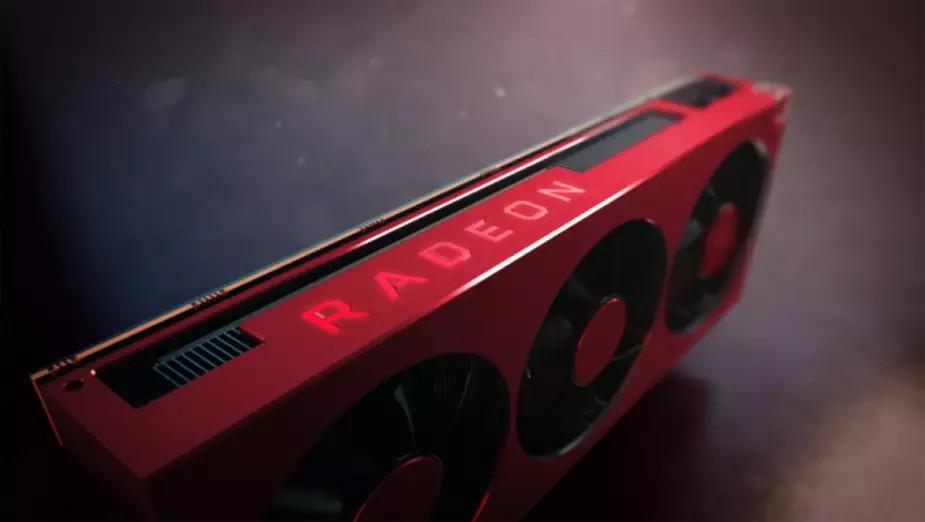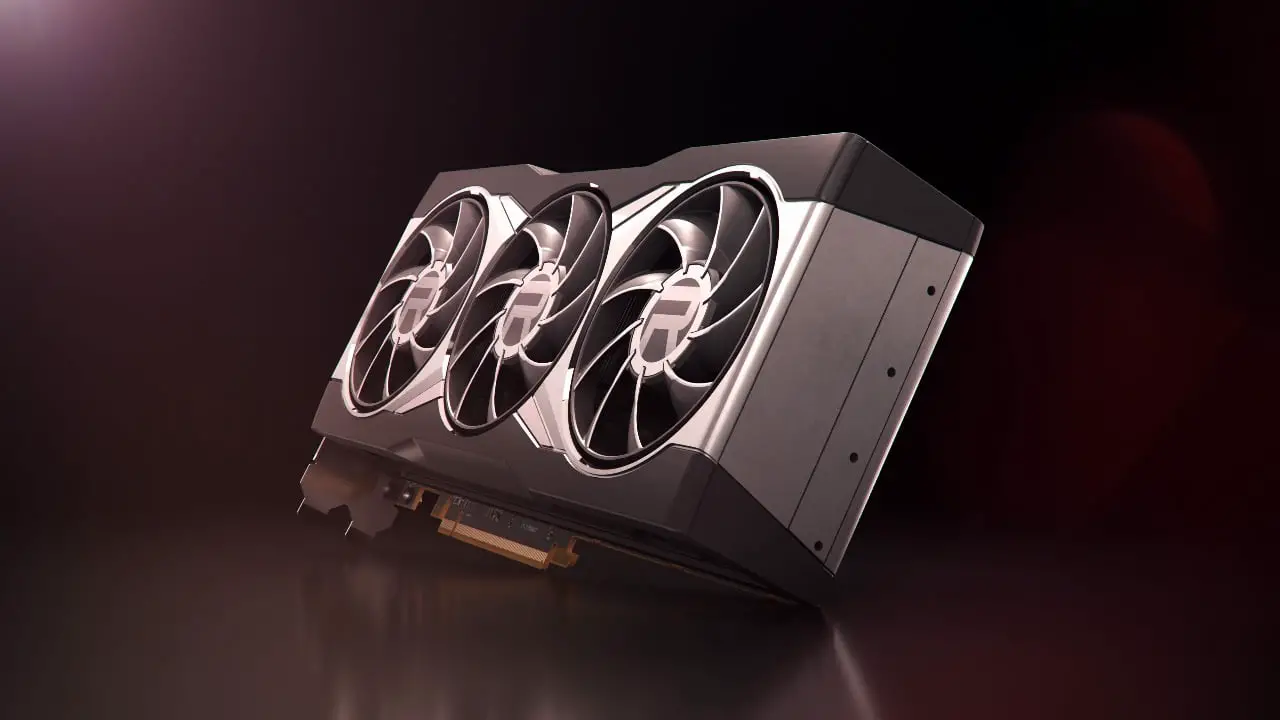When the Radeon RX 6000 was launched, we saw the first details of AMD FidelityFX Super Resolution, a technology that is shaping up to be the company’s answer to NVIDIA’s DLSS 2.0. It was still under development so we didn’t have much information, until now.
FidelityFX Super Resolution vs. NVIDIA DLSS 2.0
AMD FidelityFX Super Resolution technology is, according to a new leak, very close to launching, and we won’t have to wait long, as everything seems to indicate that it could be available next March. If this is information is true, all those who bought an RX 6800, RX 6800 XT, and RX 6900 XT will be very happy and it will also be a boost for the next models such as the RX 6700-6700 XT, the RX 6600-6600 XT and the Radeon RX 6500.
The launch of this new technology will be carried out through a driver update, which will be divided into two key technologies: AMD FidelityFX Super Resolution and AMD Radeon Boost.
FidelityFX Super Resolution technology relies on algorithms (artificial intelligence) based on Microsoft DirectML and it is accelerated via hardware. These algorithms work in a similar way to what we have seen in NVIDIA’s DLSS 2.0 technology, which means that they can create a high-quality image with a high pixel count by intelligently combining a series of images with a lower base resolution. This would not be a simple rescaling, but an intelligent image reconstruction technique.
In contrast, AMD Radeon Boost technology does not use any kind of algorithm, but dynamically adjusts the screen resolution, reducing it in scenes where the action is very fast, in order to maintain a high frame rate per second. This has two major disadvantages: first, it can cause a significant loss of image quality, and second, it can generate very marked inconsistencies in performance.
Will AMD FidelityFX Super Resolution work on RDNA architecture?
There’s no official information yet. The majority opinion right now is that AMD FidelityFX Super Resolution will only be compatible with graphics cards based on the RDNA 2 architecture and will not work on models based on the RDNA architecture.

There is an explanation for this. Radeon RX 5000 series graphics cards, including the most powerful models, are not ready to work optimally with INT4, INT8, and BFLOAT16-based operations, which are critical for performing workloads associated with artificial intelligence. This means that only the RDNA 2 architecture has full DirectML support, and that is why it could be the only one compatible with AMD FidelityFX Super Resolution.
On the other hand, there are also rumors that indicate the implementation of AMD FidelityFX Super Resolution technology based on a set of proprietary APIs, i.e. it will not rely on Microsoft’s DirectML. If this is true, AMD’s approach would be identical to NVIDIA’s proprietary DLSS 2.0 technology and would have an important advantage, it could seamlessly reach the RDNA-based Radeon RX 5000.





